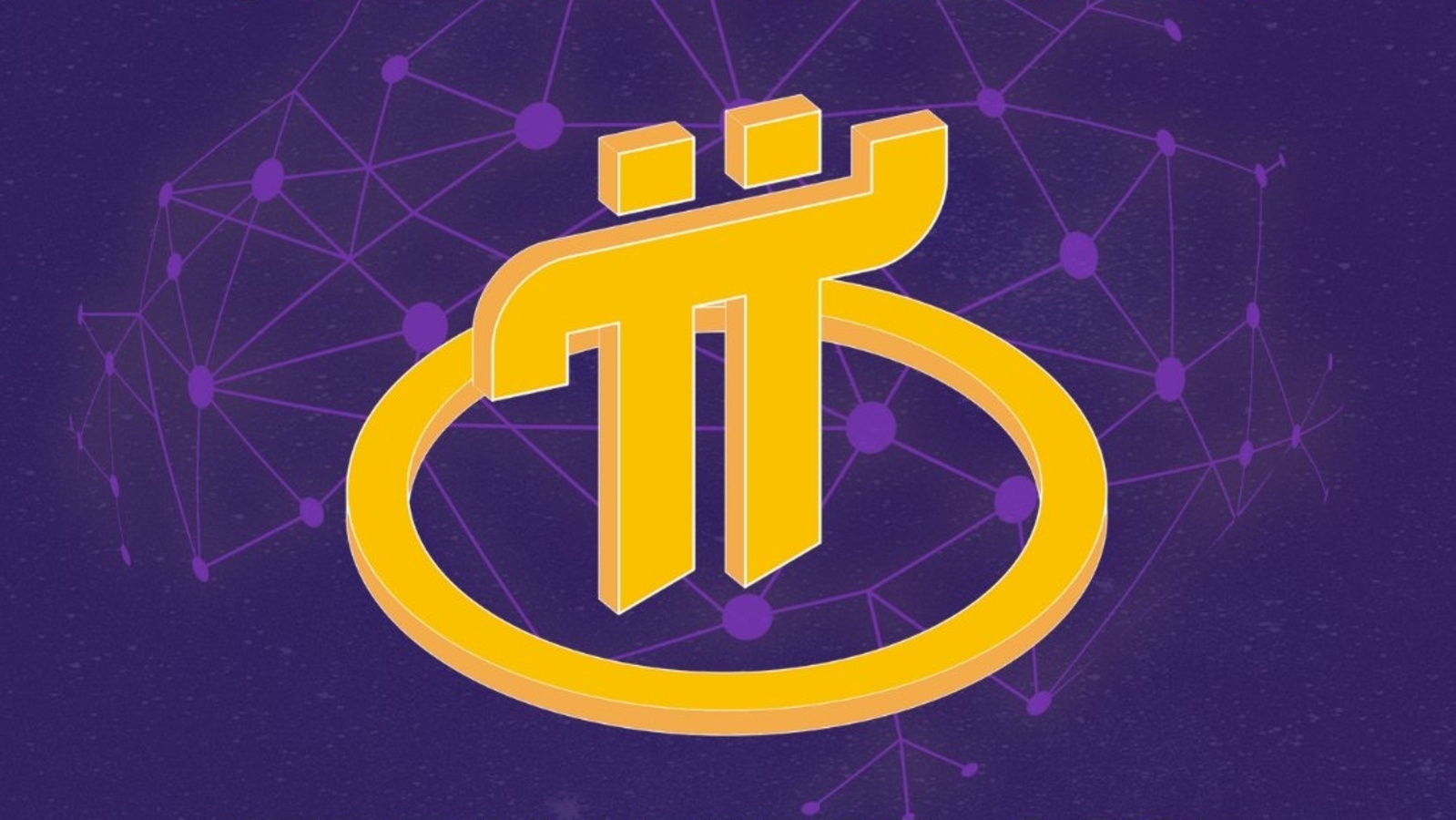Pi Network has garnered massive global interest as a cryptocurrency designed for everyday people. With its user-friendly mobile mining app and strong community, millions of Pioneers have accumulated Pi coins. But now that Pi’s Mainnet is here, many users are asking: “How do I sell my Pi Network coins?” Below is an in-depth guide on how to do exactly that—securely, legally, and in alignment with Pi Network’s rules.
What Is Pi Network?
Pi Network is a decentralized cryptocurrency project aiming to make digital asset mining more accessible. Rather than requiring specialized hardware, Pi can be “mined” through a mobile app. Since its inception, Pi attracted a broad, global user base—reaching over 35 million users (often called Pioneers) at remarkable speed.
Key Features of Pi Network
- Easy mobile mining
- Large, engaged community
- Emphasis on real-world utility and ecosystem development
- Phased Mainnet approach with a strict Know Your Customer (KYC) requirement
With Pi’s Open Mainnet phase, users can now move their Pi coins outside the Pi Network app—creating real opportunities to buy, sell, or trade.
Are Pi Network Coins Tradeable Yet?
Official Mainnet Launch
Pi Network ran an Enclosed Mainnet phase where transfers were restricted to internal apps and user wallets. Recently, the Open Mainnet phase started, allowing Pi to be sent to external wallets and exchanges—thus unlocking full trading potential.
However, you can only trade Pi if:
- You have completed KYC.
- Your Pi balance is migrated to your Mainnet wallet.
- You use an exchange or marketplace that actually supports real Pi on the Pi Network blockchain.
Key Steps Before Selling Pi
Selling Pi isn’t like selling many other cryptocurrencies. You must follow specific in-app steps to unlock and move your mined coins.
1. Complete KYC Verification
Pi Network enforces Know Your Customer (KYC) for each user to prevent fake accounts and meet regulatory standards.
- Where to do KYC: Inside the Pi Browser app’s dedicated KYC section or through a partner KYC provider authorized by Pi.
- Why it’s necessary: If you don’t complete KYC, you cannot move your Pi to the Mainnet—and therefore, can’t sell it.
2. Migrate Pi to Mainnet Wallet
Once your KYC is approved, follow Pi Network’s Mainnet Checklist in the Pi app:
- Create a Pi Wallet (via Pi Browser).
- Confirm your wallet address within the app.
- Agree to lockup terms (optional, but you must specify how much Pi you plan to lock up, if any).
- Initiate the migration of your balance from the in-app account to your Mainnet wallet.
Note: Only Pi in your Mainnet wallet is freely transferable outside the Pi ecosystem.
Where Can I Sell Pi Coins?
With the Open Mainnet, several platforms have expressed interest or already begun listing Pi. Always verify that the platform uses actual Pi coins on the Pi Network blockchain, not an unofficial or “IOU” version.
1. Reputable Exchanges
Centralized exchanges (CEXs) are the most common and secure way to sell Pi for other cryptocurrencies (such as USDT) or fiat currency. Examples of exchanges that have publicly announced Pi listings include:
- OKX
- HTX (formerly Huobi)
- Bitget
- Gate.io
- Bybit
- MEXC
(Availability may vary by region. Some platforms might still be finalizing full support for Mainnet Pi.)
Why Use a Reputable Exchange?
- High liquidity and trading volume
- More robust security and user protection
- Lower chance of scams
2. Peer-to-Peer (P2P) Platforms
Peer-to-Peer selling involves matching with a direct buyer who pays you in cash or another currency in exchange for Pi. Some dedicated Pi P2P communities exist on social media or specialized P2P marketplaces.
However, caution is essential:
- Verify the buyer’s credibility.
- Consider using an escrow service if possible.
- Be aware of the risk of fraud or payment reversals.
Step-by-Step: How to Sell Pi Network Coins
- Complete KYC and Unlock Mainnet Pi
- Ensure your Pi is in a Mainnet wallet.
- Open an Account on a Pi-Supporting Exchange
- Choose an exchange from Pi’s official announcements or other trusted crypto media.
- Complete that exchange’s KYC requirements (if applicable).
- Obtain Deposit Address
- In the exchange’s “Wallet” or “Deposit” section, select Pi.
- Copy the Pi deposit address. Double-check for accuracy.
- Transfer Pi from Your Pi Wallet to the Exchange
- In your Pi Browser wallet, initiate a Send transaction.
- Paste the deposit address and specify the amount.
- Confirm the transaction (remember to keep a small fraction of Pi for network fees).
- Wait for Confirmation
- The Pi blockchain will confirm your transaction.
- The exchange should credit your balance once confirmations are complete.
- Trade Pi for USDT or Fiat
- Head to the trading interface (e.g., “PI/USDT” market).
- Place a Sell order (limit or market).
- After execution, you’ll receive USDT (or other currency) in your exchange wallet.
- Withdraw Your Proceeds
- Convert USDT to fiat (if desired) on the exchange or via a separate platform.
- Withdraw to your bank account, PayPal, or desired external wallet (depending on the exchange’s capabilities).
Tip: Keep records of all transactions for tax and personal accounting purposes.
Regulatory and Tax Considerations
- KYC Compliance: Pi Network’s KYC requirement ensures only real users hold Pi. Exchanges also ask for identity verification to comply with anti-money-laundering (AML) regulations.
- Local Laws: Some countries heavily regulate or ban crypto trading. Check your local guidelines to ensure Pi trading is permitted.
- Taxes: Selling Pi may be a taxable event in many jurisdictions. If you mined Pi at zero cost, the entire sale amount could be considered profit. Consult a tax professional if needed.
Avoiding Common Scams and Pitfalls
- Fake Exchanges: Only use platforms that officially announce Mainnet Pi support. Always verify via Pi Network’s official channels or reputable crypto news outlets.
- Impostors on Social Media: Never share your seed phrase or wallet passphrase. Pi’s team or any legitimate exchange will never ask for these.
- Phishing Websites: Double-check the URL of any exchange or Pi-related site. Beware of cloned or spoofed websites.
- Over-the-Counter (OTC) or P2P Fraud: If selling Pi via direct deals, confirm payment using reputable escrow services.
- Too-Good-to-Be-True Offers: Offers to buy Pi at extraordinarily high prices can be scams. Stick to the market rate.
Frequently Asked Questions
1. Can I Sell Pi If I Haven’t Done KYC?
No. Pi Network requires all users to complete KYC. Without it, your Pi remains locked within the app, and you cannot move it to exchanges.
2. Which Exchange Is Best for Selling Pi?
It depends on your location and personal preference. Look for platforms with higher liquidity, robust security, and official confirmation of Pi Network integration.
3. Will Pi Price Go Up or Down?
Cryptocurrency prices are volatile. Pi’s value depends on market demand, ecosystem adoption, and overall sentiment. Always do your own research (DYOR) before selling or holding.
4. Do I Need to Pay Taxes on My Pi Sales?
In many countries, yes. Profit from selling Pi is typically subject to capital gains tax or similar. Tax regulations vary, so consult a professional regarding local obligations.
5. Is There a Minimum or Maximum Amount I Can Sell?
Each exchange sets its own minimum trade or withdrawal limits. Check the exchange’s FAQs or fee schedule for details.
Conclusion
Selling Pi Network coins involves KYC verification, migrating to the Mainnet wallet, and using a secure exchange or reliable P2P method. As Pi’s open Mainnet gains traction and more exchanges list Pi, trading opportunities should continue to expand. Always stick to official announcements, safeguard your Pi wallet passphrase, and ensure full compliance with the rules—both Pi Network’s guidelines and local regulations.
By following these best practices, you can confidently convert your hard-earned Pi coins into other cryptocurrencies or even cash—turning your mobile-mined efforts into tangible value!



